INDIAN ARMED FORCES CHIEFS ON OUR RELENTLESS AND FOCUSED PUBLISHING EFFORTS

The insightful articles, inspiring narrations and analytical perspectives presented by the Editorial Team, establish an alluring connect with the reader. My compliments and best wishes to SP Guide Publications.

"Over the past 60 years, the growth of SP Guide Publications has mirrored the rising stature of Indian Navy. Its well-researched and informative magazines on Defence and Aerospace sector have served to shape an educated opinion of our military personnel, policy makers and the public alike. I wish SP's Publication team continued success, fair winds and following seas in all future endeavour!"

Since, its inception in 1964, SP Guide Publications has consistently demonstrated commitment to high-quality journalism in the aerospace and defence sectors, earning a well-deserved reputation as Asia's largest media house in this domain. I wish SP Guide Publications continued success in its pursuit of excellence.
- MoD initiates comprehensive review of Defence Acquisition Procedure 2020, pushes for defence reforms
- G7: The Swansong
- Kalinga Connect: South Asia to Polynesia
- Advanced MRSAM for India for a greater firepower
- Must Credit DRDO for Operation Sindoor, now what is next for defence R&D?
- Operation Sindoor | Day 2 DGMOs Briefing
- Operation Sindoor: Resolute yet Restrained
Aatmanirbhar Reset 2.0
Prime Minister Narendra Modi has given a clarion call to use these trying times to become Aatmanirbhar (self-reliant). Defence Manufacturing in India has huge potential and can bring a transformative change, but is the industry ready to rise up to challenges and uncover the opportunities therein.
 |
The Author is Former Director General, Mechanised Forces, Indian Army |
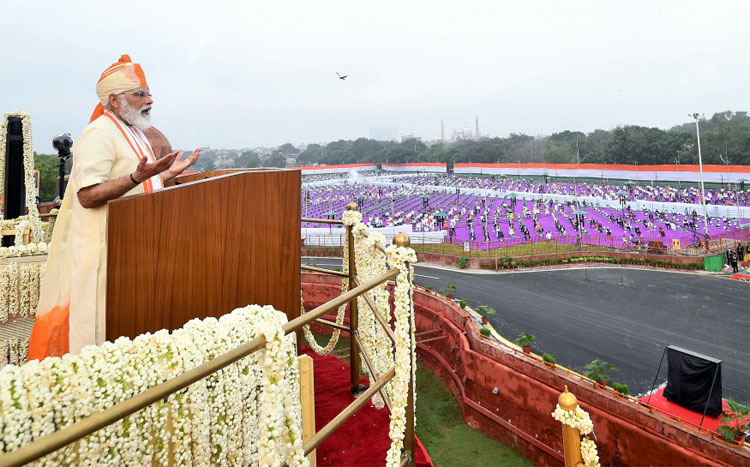
Prime Minister Modi, the ‘Constructor’ of BJP’s successive victories has pitched for a self-reliant India; in sync with Prime Minister’s call for 'Aatmanirbhar Bharat' (Self-Reliant India), Defence Minister Rajnath Singh announced a major push to promote the domestic defence industry by placing progressive restrictions on import of 101 weapons and military platforms including light combat helicopters, transport aircraft, conventional submarines, and cruise missiles. The new policy is a continuation of the policy announced in May, 2020 of corporatisation of the Ordnance Factory Board (OFB) and raising of the Foreign Direct Investment (FDI) cap through the automatic route from 49 per cent to 74 per cent. It is hoped by the policy makers that all these policy initiatives shall attract foreign companies with high-end technologies to set up their bases in the country in collaboration with local industries.
The trust amongst Defence PSU’s, Ordnance factories and DRDO is in the grey zone. The private sector to an extent are right in their grievance of not getting a level playing field.
CURRENT STATE
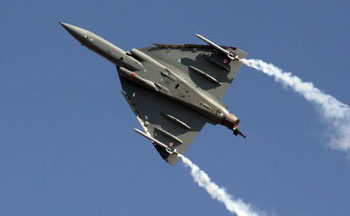
On this new policy initiative, sceptics are of the view that the Defence Ministry did not need this clarion call! The Defence Ministry has always been empowered but the turf battles are what thwarts all the attempts. The trust amongst Defence PSU’s, Ordnance factories and DRDO is in the grey zone. No one is willing to let go of the pie and lobbies are at work to derail all steps taken towards major indigenous defence manufacturing capability. The private sector is blame worthy as well, albeit less; and to an extent are right in their grievance of not getting a level playing field.
To become ‘Aatmanirbhar’, there will be need of huge investments in R&D and other allied activities; no foreign OEM/private player is going to commit large sums of money if there is no certainty of orders, as also a level playing field.
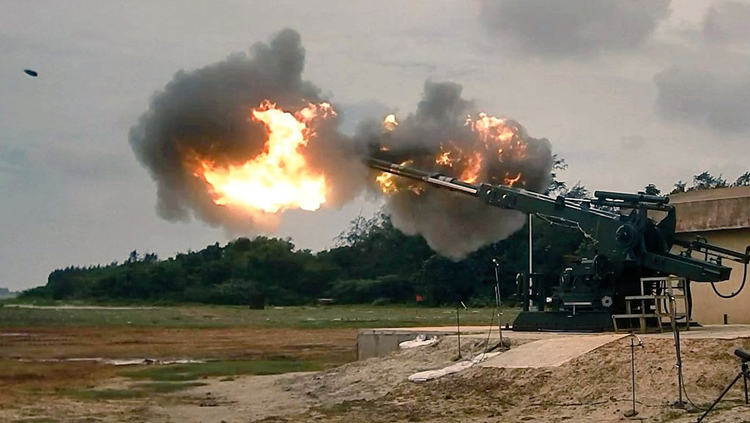
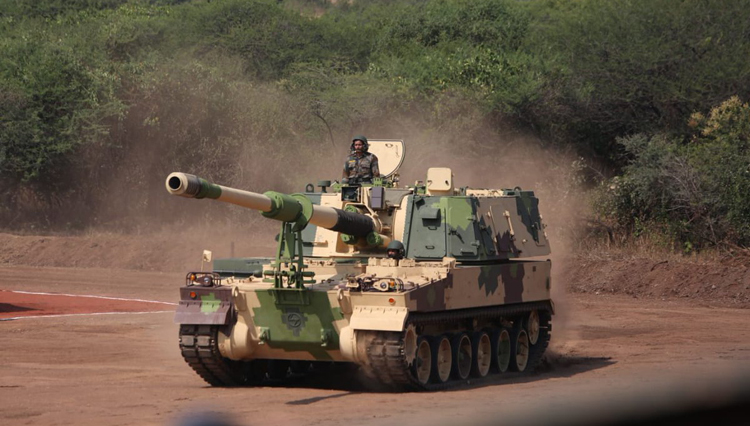
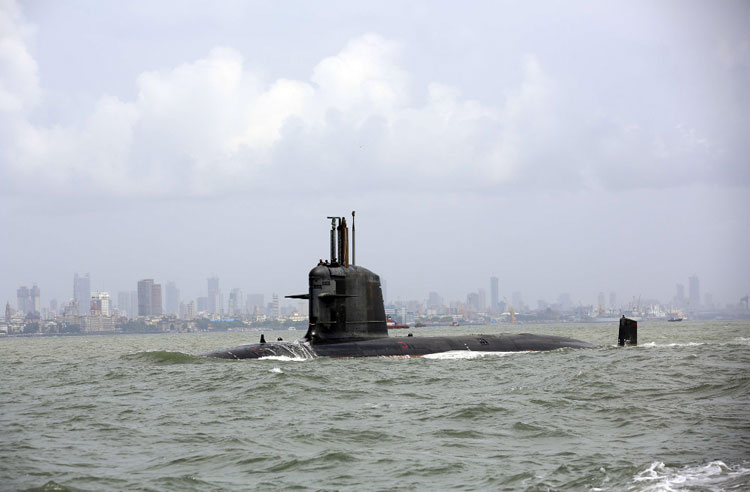
There is no gain saying that government is serious about its mission of Aatmanirbhar but are the wheels that move the government machinery as enthusiastic? It is because of this scepticism that the new policy has not been received with much earnestness as it is similar to the exercise of ‘Make in India,’ where self-reliance in defence was a major theme, but none of the major projects got off the ground and most of it remained on paper. Despite all the fumbling in ‘Make in India,’ the industry is hopeful and optimistic; it is waiting for the nuts and bolts of the new policy as the devil is in the fine print.
THE CHALLENGES
As per reports, the defence minister estimates that as a result of the decision to prune the import list, the domestic defence industry would receive contracts of approximately four lakh crores within the next five to seven years. But where is the certainty of these orders; who will get it - Private Industry or the industries under the Ministry of Defence (OFB / Defence PSUs & DRDO). In last 70 years, the Defence PSUs, Ordnance Factories and DRDO have not been able to make India self-reliant. It is axiomatic that private industry is now expected to take the lead to make India ‘Aatamnirbhar.’ These defence initiatives are an opportunity for India’s industrial leaders to create a strong and profitable defence-industrial base. To become ‘Aatmanirbhar’, there will be need of huge investments in R&D and other allied activities; no foreign OEM/private player is going to commit large sums of money if there is no certainty of orders, as also a level playing field. And more importantly where is the money? The Armed forces, year after year, have always got less than their demand. The Armed Forces have very little money to modernise and most of it is used for past liabilities. Due to the complex processes of procurement, certain percentage of total allotment from both Capital & Revenue budget gets surrendered too. If the government is serious about the pronouncements then procurement process must be simplified. The Capital budget should become non lapsable and more allocations will be required.
If the government is serious about the pronouncements then procurement process must be simplified. The Capital budget should become non lapsable and more allocations will be required.
On the government side, there is a need to focus on simplification of the procurement process and bring in certainty in processes and orders. The new draft DAP, 2020 (Defence Acquisition Procedure), is again a voluminous document running into more than 700 pages. The categories have increased and are likely to cause more confusion. The bureaucrats (are transients and some don’t want to understand defence) will use all their wisdom in interpretation of the complicated and puzzling document as per their convenience. No one takes chances! The nomenclature change from DPP (Defence Procurement Procedure) to DAP is nothing but window dressing; inside the cover the processes are as incomprehensible as ever. A successful management and simplification of the processes is the only way to pave the way for the reset of Aatmanirbhar campaign.
The nomenclature change from DPP (Defence Procurement Procedure) to DAP is nothing but window dressing; inside the cover the processes are as incomprehensible as ever.
CONCLUSION
India is one of the most lucrative markets for global defence giants. The country figured among the top three importers of military hardware in the world for the last eight years. If this must change, then it needs a transformational metamorphosis in the mindset of both civilian and military bureaucracy. It will need smart business instincts and a sense of purpose to find ways and means to handle the maze of processes/procedures, roadblocks of turf battles & lobbying and yet ensure indigenisation. If this "tremendous initiative" to boost indigenous defence manufacturing turns into reality, it will be a game changer for our country. In comparison to other emerging arms export nations like Turkey, South Korea, and Brazil we are way behind. It will take a major impetus by the government to remove the trammel of bureaucracy to achieve our potential.





